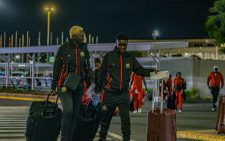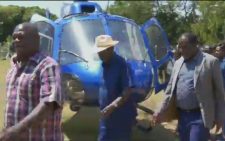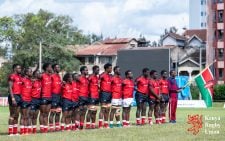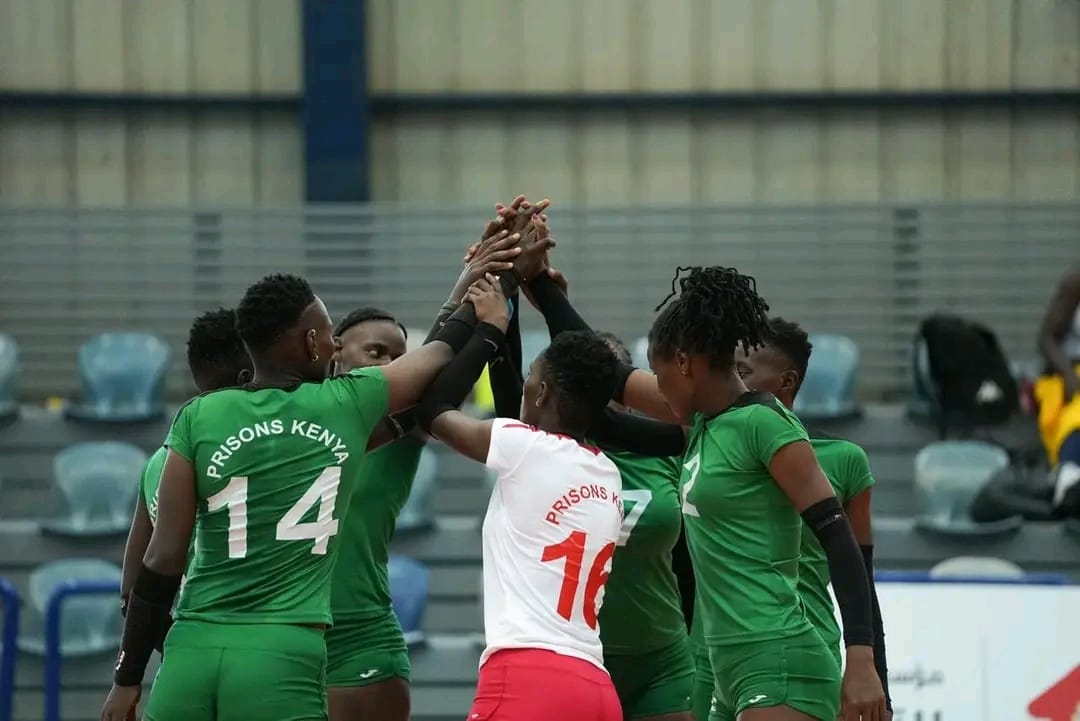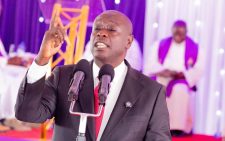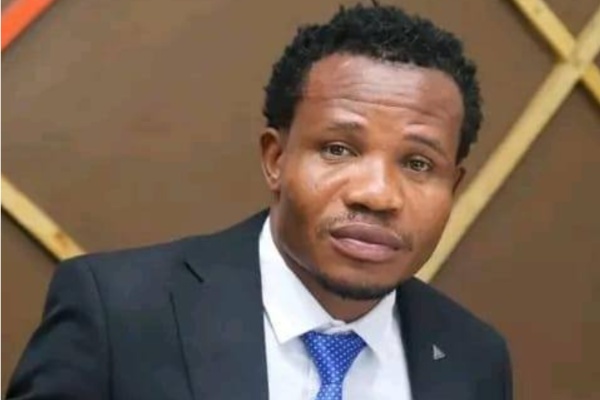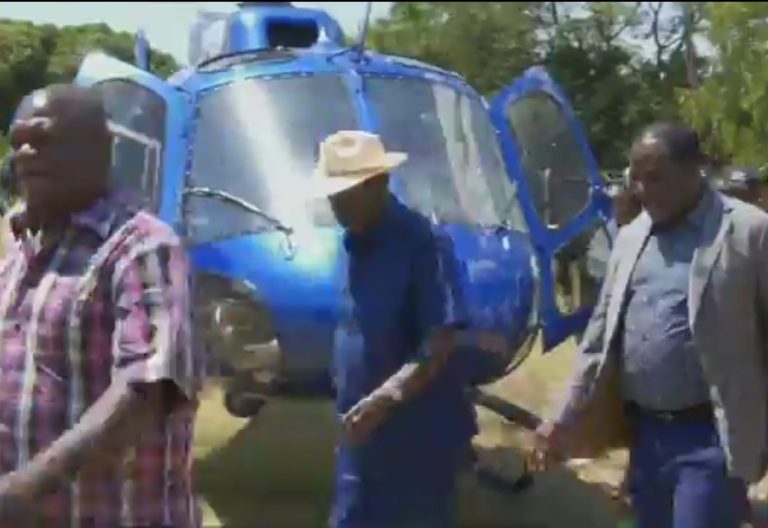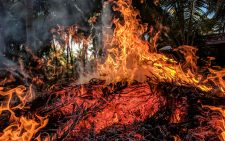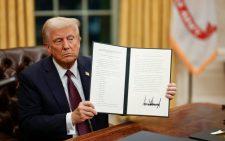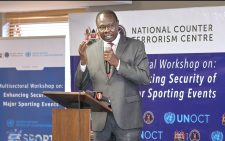Mombasa violence erupts after a fortnight’s haitus
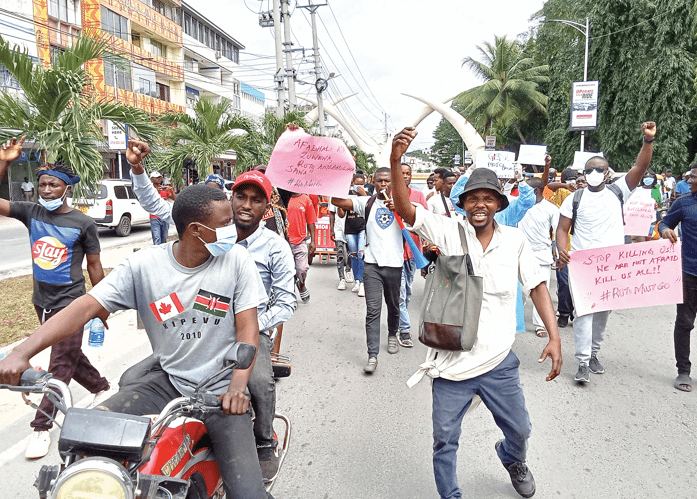
After a prolonged lull, the streets of Mombasa erupted on Tuesday, July 16, 2024, as anti-government protesters clashed with police under a haze of teargas.
Youth and civil society groups reignited their demands for President William Ruto’s administration to uphold the rule of law, enhance the anti-corruption drive, and ensure good governance.
For the entire afternoon, the stretch between Sabasaba Junction and Mwembe Tayari transformed into a battlefield. Waves of teargas fired by police were met with stones from a section of the youth.
In a notable first since the protests began, TukTuk operators took a prominent role, demanding competent leadership and a conducive working environment.
“If the government listens to the people, resolves the crises plaguing this country, and defeats the spectre of corruption, these recurrent problems will vanish,” said Collins Obado, chair of the TukTuk operators in Mombasa.
Bad leadership
Protesters condemned poor governance at both levels of government, insisting that bad leadership is the root cause of widespread joblessness and the rising cost of living.
“Because of high taxation and a deteriorating economy, the youth are bearing the brunt. We suffer from the effects of poor leadership. Despite our academic qualifications, we can’t secure employment as opportunities shrink with companies closing down and the government failing to employ us due to rampant corruption,” explained Alain Wendy, one of the protesters.
Some of the youth questioned why President Ruto retained the Prime Cabinet Secretary Musalia Mudavadi demanding he should also be sent packing.
As usual, protesters converged at the iconic elephant tusks along Moi Avenue at 10:00 am, where they addressed the press before beginning their march around 10:45 am.
County assembly
Initially, plans targeted occupying the governor’s office and County Assembly buildings in Treasury Square. However, a sudden change of tactics saw protesters turn left at Fontanela Junction, following the busy Digo Road to Bondeni.
They then made a bow turn back to Absa Junction, marching to Mwembe Tayari through KFA.
Attempts by Mombasa Speaker Aharub Khatri to address the protesters at Mwembe Tayari Junction were quickly thwarted by the youth, who resoundingly rejected any involvement of politicians in their plans.
The protesters then continued their march through Majengo, turning at Sabasaba Junction to return to Mwembe Tayari.
However, they did not reach Mwembe Tayari. At Majengo, between Sabasaba and Mwembe, chaos erupted as police began lobbing teargas at protesters, who retaliated with stones. The confrontation escalated as some protesters piled rocks to barricade the road while police countered with more teargas.
As the battle continued a reinforcement of officers was deployed to contain the situation.
The ensuing tension forced businesses to close and vehicles to be withdrawn from the area. Protesters accused the police of provoking them and using excessive force.
In Mlolongo township in Machakos county, business was paralysed after hundreds of youths poured into the streets to push for good governance.
The youths had earlier in the morning barricaded the busy Nairobi – Mombasa highway and lit bonfires on the road, paralyzing transport. Whey then engaged police officers in running battles.
Vehicles plying the route from Nairobi to Mombasa were diverted to the Nairobi Expressway for a while before the officers repulsed the surging youths. Some members of the public claimed the protestors were hired goons.
